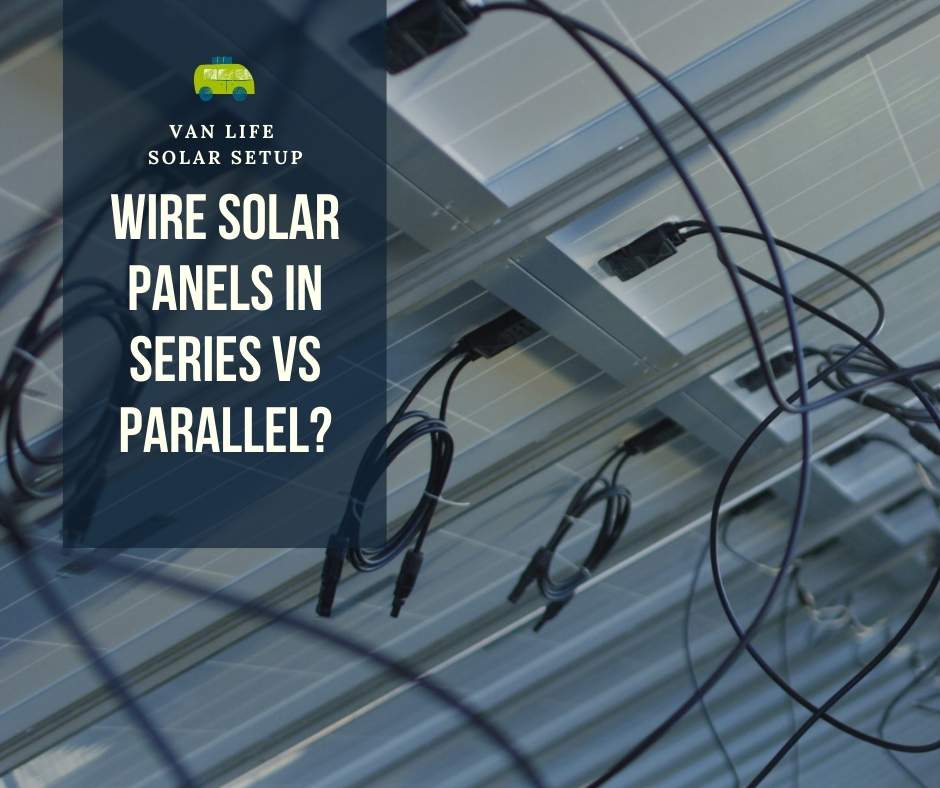Is it possible to configure solar panels in such way that the calculated capacity exceeds the nominal rating? I also queried Renogy and they confirmed my math but implied it’s very unusual and made me feel lucky about it! But am still skeptical, so wanna crowdsource the basic physics to you guys. Here’re the specs:
2 x renogy 100W (Voc=21.6V, Isc=6.24A)
1 x renogy 50W (Voc=22.6V, Isc=2.92)
1 x ecoworthy 100W (Voc=23.4V, Isc=9.12A)
The configuration is 2P1S in the order listed, with a resultant output of 44.2V x 12.04A = 532W, which is a whopping 52% higher than the rated 350W panels. Will I ever see anywhere closer to this figure in real life (of course after accounting for conversion efficiency, etc), or is this just euphoria caused by bad math compounded by an even weaker grasp of physics?
2 x renogy 100W (Voc=21.6V, Isc=6.24A)
1 x renogy 50W (Voc=22.6V, Isc=2.92)
1 x ecoworthy 100W (Voc=23.4V, Isc=9.12A)
The configuration is 2P1S in the order listed, with a resultant output of 44.2V x 12.04A = 532W, which is a whopping 52% higher than the rated 350W panels. Will I ever see anywhere closer to this figure in real life (of course after accounting for conversion efficiency, etc), or is this just euphoria caused by bad math compounded by an even weaker grasp of physics?




